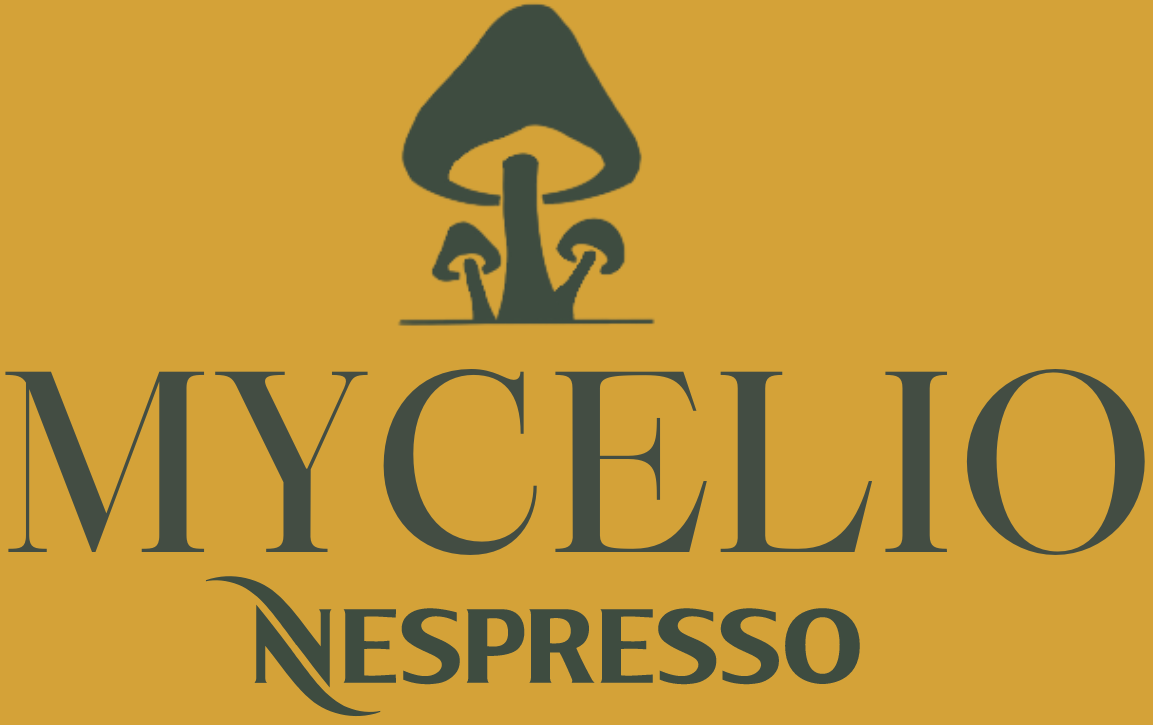Packaging for discs
In this appendix the details for the packaging of coffee discs are sought out. Decision on two aspects is seeked, firstly how many discs should be in one package and what material shall be chosen for the package.
Starting with the first one, the goal is to minimise packaging material while preserving the quality of the coffee. An analysis is made of the average coffee consumption in the European market. With this research an estimate can be made of the optimal portion packaging quantity of coffee for a week supply.
Next to that, a division was made into European regions. Keeping in mind the region borders of the United Nations, an average coffee consumption was calculated per region.
An average amount of coffee per consumption is defined as 7 grams. This is defined by looking at the amount of coffee in a Nespresso pod. (6) Assuming that coffee consumption is equally distributed throughout the year, the weekly coffee consumption per year is calculated.
Average coffee consumption per country in kilograms per year.
This map was made with data from various sources which can be found under the References.
Map of regions in Europe defined by the United Nations
*Belarus and Russia are left out of the analyses as due to political reasons this is not deemed suitable as a market.
This results in an optimal packing quantity of 28, 24, 19 and 9 for respectively Western, Northern, Southern and Eastern Europe. For an Europe wide product, the optimal packing quantity is 20. This means 20 is chosen for Mycelio discs.
Moving on to the second aspect about the material for the packaging, multiple different materials are considered, with bringing out their pros and cons.
Kraft Paper:
Biodegradable and recyclable.
Strong with a natural appearance.
Needs coating for moisture barrier.
Recycled Cardboard:
Biodegradable and recyclable.
Rigid and durable.
Requires coating for enhanced barrier.
PLA (Polylactic Acid):
Bioplastic derived from renewable resources.
Biodegradable and compostable.
Good barrier against moisture and air.
Bamboo:
Renewable and biodegradable material.
Strong and versatile.
May need coating for additional protection.
Water-Based or Soy-Based Inks:
Less harmful to the environment.
Used for printing on eco-friendly packaging.
Eco-Friendly Seals and Adhesives:
Biodegradable.
Used for sustainably sealing and labelling.
In the end, it is decided to go with recycled cardboard.
CBI. (2022, December 23). What is the demand for coffee on the European market? https://www.cbi.eu/market-information/coffee/what-demand
N26. (2021, September 29). The 10 European countries that drink the most coffee. https://n26.com/en-eu/blog/countries-that-drink-the-most-coffee
Morrisson, J. (2023, November 23). Which Country Drinks The Most Coffee | Top 25 Nations In 2023. CoffeeAbout. https://coffeeabout.com/coffee-consumption-by-country/
Landgeist. (2022, April 15). Coffee consumption in Europe. Landgeist. https://landgeist.com/2022/04/19/coffee-consumption-in-europe/
Wikipedia contributors. (2023, November 22). Western Europe. Wikipedia. https://en.wikipedia.org/wiki/Western_Europe#/media/File:Europe_subregion_map_UN_geoscheme.svg
Nespresso. (n.d.). How much coffee do the Nespresso capsules contain?. Nespresso. https://www.contact.nespresso.com/faq/hu/en/detail/753#



